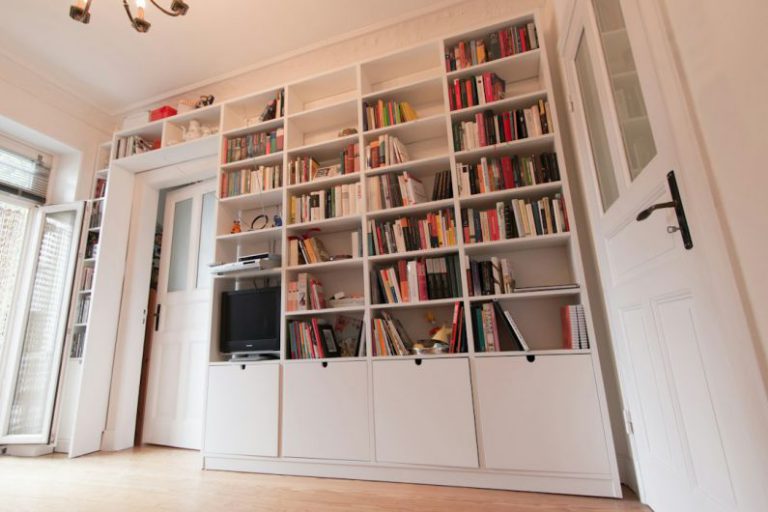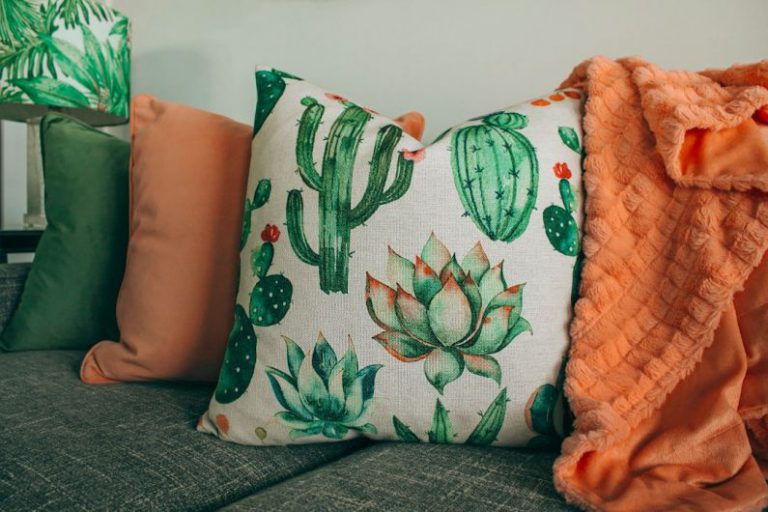How to Create a Vertical Herb Garden for Your Kitchen?
Having fresh herbs readily available in your kitchen is a game-changer when it comes to cooking delicious meals. Not only do herbs add incredible flavor to your dishes, but they also have numerous health benefits. One way to ensure you always have fresh herbs at hand is by creating a vertical herb garden in your kitchen. A vertical garden not only saves space but also adds a touch of greenery to your cooking area. In this article, we will guide you through the steps of creating your own vertical herb garden.
Choosing the Right Location
Before you start building your vertical herb garden, it’s crucial to choose the right location in your kitchen. Look for a spot that receives ample sunlight throughout the day. Most herbs thrive in direct sunlight, so make sure the location you choose allows for this. Additionally, ensure that the area is easily accessible, as you will need to water and tend to your herbs regularly.
Selecting the Right Herbs
Choosing the right herbs for your vertical garden is essential. Consider the herbs you use most frequently in your cooking, as well as their growth habits. Some popular herbs that are suitable for vertical gardens include basil, thyme, rosemary, mint, and parsley. These herbs are relatively easy to grow and require minimal maintenance.
Building Your Vertical Garden
Now that you have chosen the perfect spot and selected the herbs you want to grow, it’s time to build your vertical garden. There are several options to choose from, depending on your available space and budget.
1. Wall-mounted planters: Wall-mounted planters are an excellent choice for small kitchens with limited counter space. These planters can be easily attached to the wall and come in various sizes and designs. Choose planters that have drainage holes to prevent overwatering.
2. Hanging baskets: Hanging baskets are a versatile option that can be hung from the ceiling or mounted on a wall. They come in different materials, such as metal, plastic, or woven baskets. Make sure the baskets have proper drainage to avoid waterlogging.
3. Vertical herb garden kits: If you prefer a hassle-free option, vertical herb garden kits are readily available in the market. These kits usually include stackable pots or pockets that can be easily mounted on a wall. They are an excellent choice for beginners as they provide all the necessary materials and instructions.
Maintaining Your Vertical Herb Garden
Once your vertical herb garden is set up, it’s essential to maintain it properly to ensure the health and growth of your herbs.
1. Watering: Herbs in vertical gardens tend to dry out quickly, so it’s crucial to water them regularly. Check the moisture level of the soil and water accordingly. Avoid overwatering as it can lead to root rot.
2. Fertilizing: Herbs in vertical gardens benefit from regular fertilization. Use a balanced organic fertilizer to provide essential nutrients to your plants. Follow the instructions on the fertilizer packaging for the correct application.
3. Pruning: Regular pruning is necessary to encourage bushy growth and prevent herbs from becoming leggy. Trim off any dead or yellowing leaves to maintain the overall health of the plant.
In conclusion, creating a vertical herb garden in your kitchen is a fantastic way to have fresh herbs at your fingertips. With the right location, herb selection, and maintenance, you can enjoy the benefits of homegrown herbs all year round. So why wait? Start building your vertical herb garden today and elevate your culinary creations to a whole new level!






